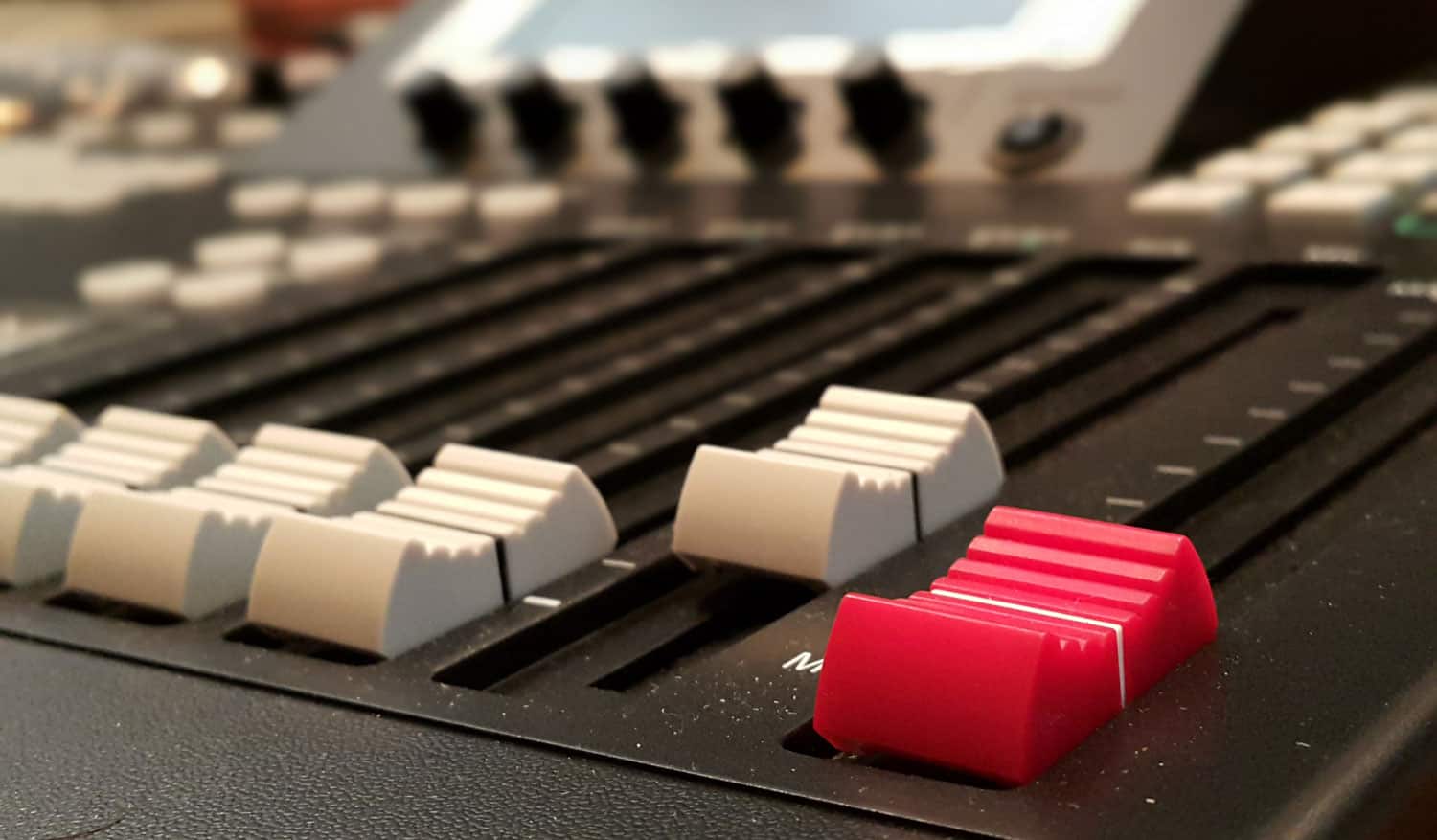Once a movie is complete and enters the post production phase, the director is usually exhausted and may be disappointed with the results of the footage. It’s rare in the independent world for a director to have achieved her exact vision due to time and budget restrictions. By this point in the process, it is best for the director to find a fresh editor who isn’t familiar with the movie to bring an objective eye to the project. The director should sit down with the editor and talk about her vision and the tone, style, and pacing of the movie and then leave the editor to assemble a cut of the movie on his own.
Many directors are afraid of losing control of the film by turning it over to an editor. Holding the reins too tightly is a mistake because the director is carrying a lot of baggage; she knows what scenes she likes, what scenes didn’t turn out; she knows what performances were difficult to get, what shots were time consuming to shoot; each shot is full of emotion, blood, sweat, and tears. This emotional attachment makes it difficult for the director to separate herself from the footage to assemble the shots objectively into a cohesive, well-paced story. The editor doesn’t have this emotional connection to the material and is confronted with the task of looking at the available footage and assembling it in a way that best serves the story. The director should allow him the time to do this while he relaxes and clears his mind so when an assembly cut is ready, the director can view it with fresh eyes.
- Communicate your vision to the editor in the same manner as you would with an actor. Discuss each scene, what you want it to accomplish, how you envision the tone, style, and pacing.
- Be open to ideas and suggestions from the editor. He is seeing the footage with fresh eyes and may have a perspective you haven’t considered yet.
- Relax and let the editor do his job. You’re probably tired and emotionally charged from the shoot itself, so take the time to get away from the project and clear your mind while the editor builds the first assembly cut.
- After the cut is finished, work with the editor to refine and tweak the edit until you are happy with the pacing and flow of the story.
- Confer with others to get objective opinions throughout the editing process, but be careful which advice you listen to. Everyone will have an opinion, but not everyone will be right.
Refer to the postproduction chapters for more information on the editing process, working with composers, adding digital effects, and the audio postproduction process.


